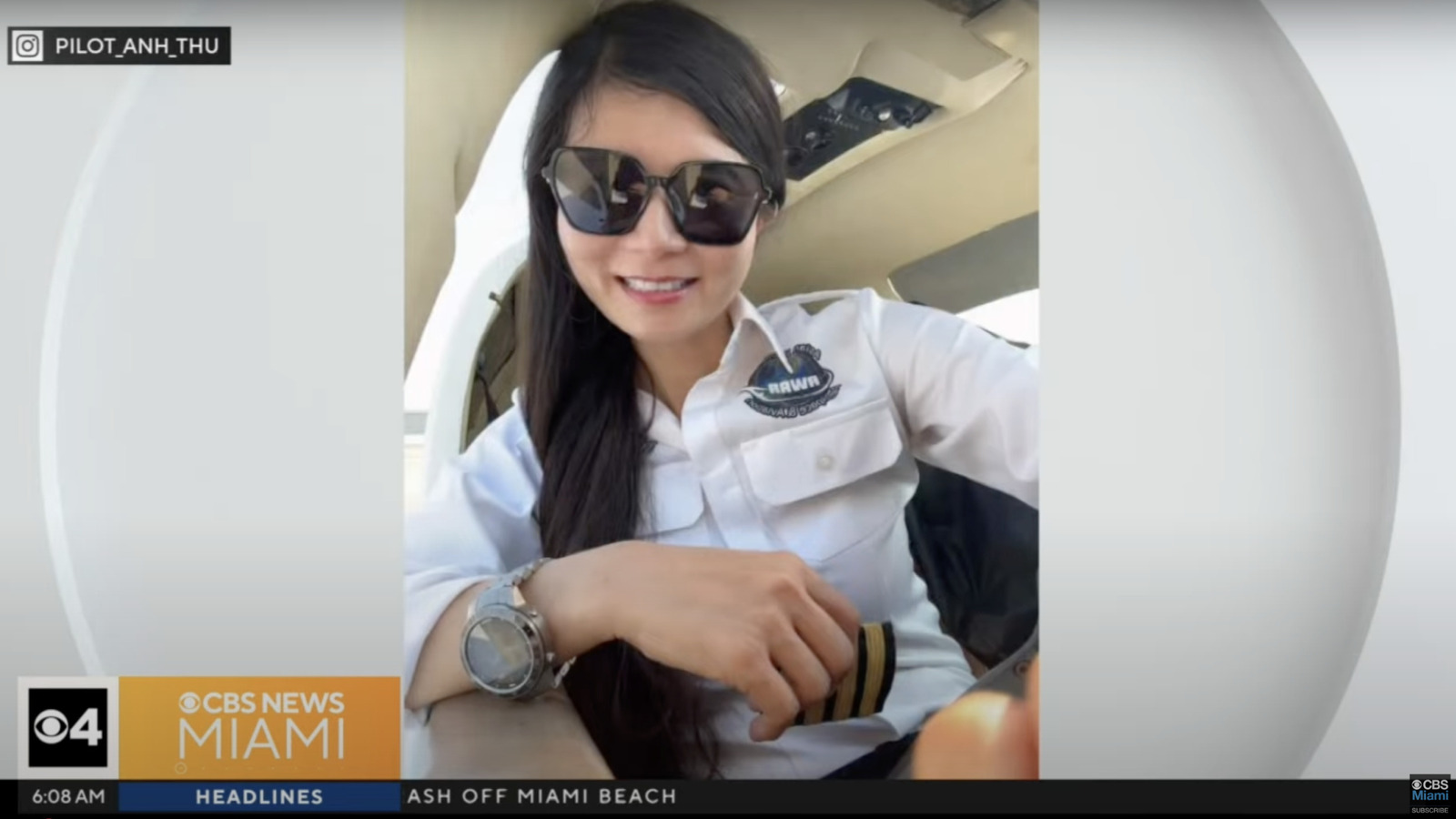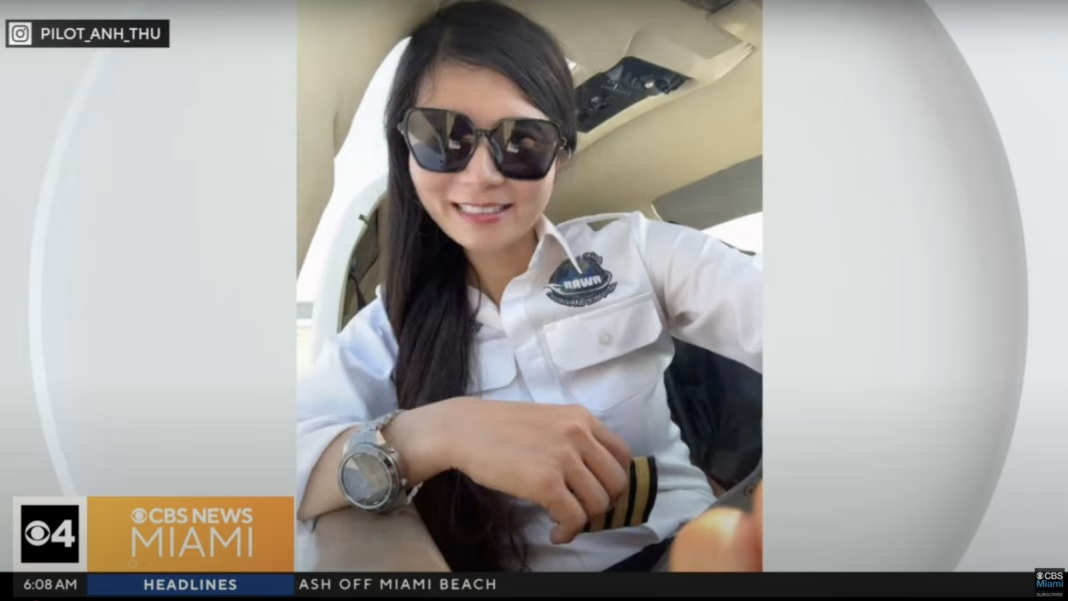What Happened in the Indiana Plane Crash Involving Anh-Thu Nguyen?
On a quiet afternoon in Indiana, tragedy struck when Anh-Thu Nguyen, a Miami-based pilot celebrated for her daring solo flight around the world, lost her life in a small plane crash. The incident unfolded near a gas station, raising immediate concerns about what led to the accident and how close it came to causing even greater devastation.
Eyewitnesses reported that Nguyen’s aircraft appeared to struggle during its approach, ultimately crashing just shy of a busy gas station. Emergency responders arrived swiftly, but the impact had already claimed Nguyen’s life. The National Transportation Safety Board (NTSB) has since launched a thorough investigation, focusing on factors like weather conditions, mechanical integrity, and pilot communications in the moments leading up to the crash.
Who Was Anh-Thu Nguyen and Why Was She Notable?
Anh-Thu Nguyen wasn’t just any pilot. Last year, she etched her name into aviation history by becoming the 10th woman ever to complete a solo flight around the globe. For context, fewer than 150 people worldwide have accomplished this feat, and women make up a tiny fraction of that number. Nguyen’s journey inspired countless aspiring aviators, especially young women who saw in her a role model breaking barriers in a male-dominated field.
Her round-the-world flight was more than a personal achievement—it was a statement about perseverance, skill, and the power of representation. Nguyen often spoke at schools and aviation clubs, sharing stories from her global adventure and encouraging others to chase their own high-flying dreams.
How Common Are Small Plane Crashes, and What Risks Do Pilots Face?
While commercial air travel is statistically one of the safest modes of transportation, small private planes—like the one Nguyen flew—carry higher risks. According to the Federal Aviation Administration (FAA), general aviation accidents occur at a rate of about 4.88 per 100,000 flight hours, compared to just 0.17 for commercial airlines. Factors contributing to this disparity include less stringent maintenance requirements, variable pilot experience, and unpredictable weather.
Pilots of small aircraft face unique challenges: sudden wind shifts, limited instrument guidance, and the need to make split-second decisions. Even seasoned aviators like Nguyen aren’t immune to these hazards. The aviation community often emphasizes recurrent training and rigorous pre-flight checks, but sometimes, circumstances spiral beyond anyone’s control.
What Safety Measures Are in Place for Small Aircraft?
Aviation authorities have steadily ramped up safety protocols for small planes over the past decade. Modern avionics, real-time weather updates, and improved pilot training have all contributed to a gradual decline in accident rates. The Aircraft Owners and Pilots Association (AOPA) notes that the fatal accident rate for general aviation has dropped by nearly 20% since 2010.
Still, gaps remain. Unlike commercial pilots, private aviators aren’t required to undergo the same frequency of simulator training or medical evaluations. Many experts advocate for more accessible safety resources and community-driven mentorship programs, especially for pilots attempting ambitious flights like Nguyen’s.
What Impact Did Nguyen’s Accomplishments Have on the Aviation Community?
Nguyen’s legacy extends well beyond her record-setting flight. She was a vocal advocate for diversity in aviation, often highlighting the need for more women and minorities in the cockpit. Her story resonated with organizations like Women in Aviation International, which reported a noticeable uptick in membership inquiries following her global journey.
Colleagues recall Nguyen’s infectious enthusiasm and willingness to mentor newcomers. She organized workshops, volunteered at youth aviation camps, and never missed a chance to demystify the world of flight for those who felt like outsiders. In an industry where representation still lags, her presence made a tangible difference.
How Can Aspiring Pilots Learn from This Tragedy?
Every accident, no matter how heartbreaking, offers lessons for the broader community. For aspiring pilots, Nguyen’s story is a reminder of both the extraordinary rewards and the inherent risks of aviation. Experts recommend several actionable steps:
– Prioritize ongoing education: Even experienced pilots benefit from refresher courses and simulator time.
– Respect weather and mechanical warnings: Never underestimate the importance of thorough pre-flight checks and heeding weather advisories.
– Build a support network: Connect with mentors and peers who can offer guidance, especially when planning ambitious flights.
The big takeaway? Aviation isn’t about perfection—it’s about smarter adjustments. Start with one change this week, and you’ll likely spot the difference by month’s end.


